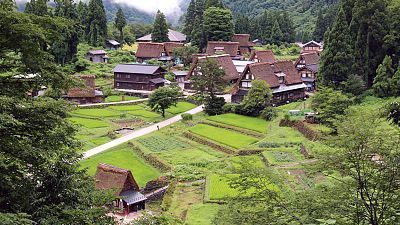Dipping into the three onsen towns of Yamanaka, Yamashiro and Katayamazu
In early October, I took a three day two night trip to Kaga City, exploring three out of four onsen towns that make up Kaga Onsen. I kicked off my journey by first taking the limited express train from Kanazawa to Kaga Onsen. The Kaga Onsen area is served by the convenient Can Bus, but I went with a rental car so that I could travel at my own pace. Rental car outlets can be found near Kaga Onsen station and I set off once armed with my rental car. The onsen towns are not far from one another and I never drove more than 20 minutes between them.
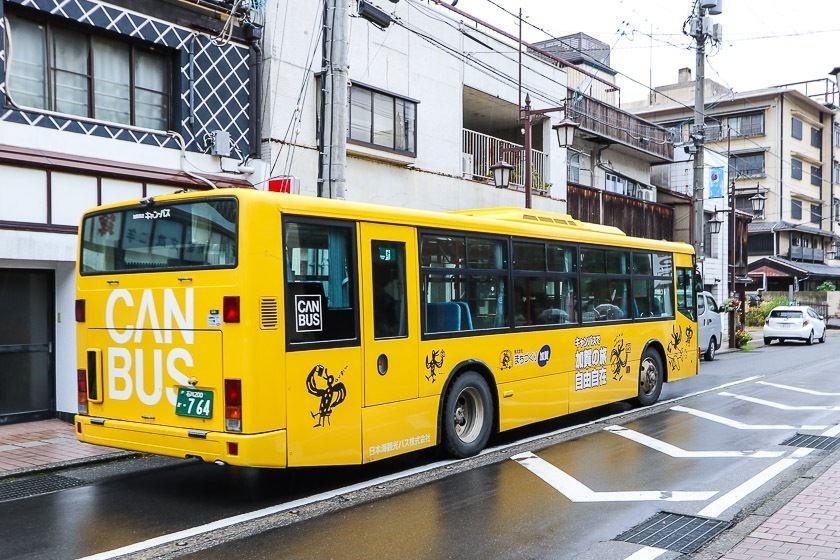
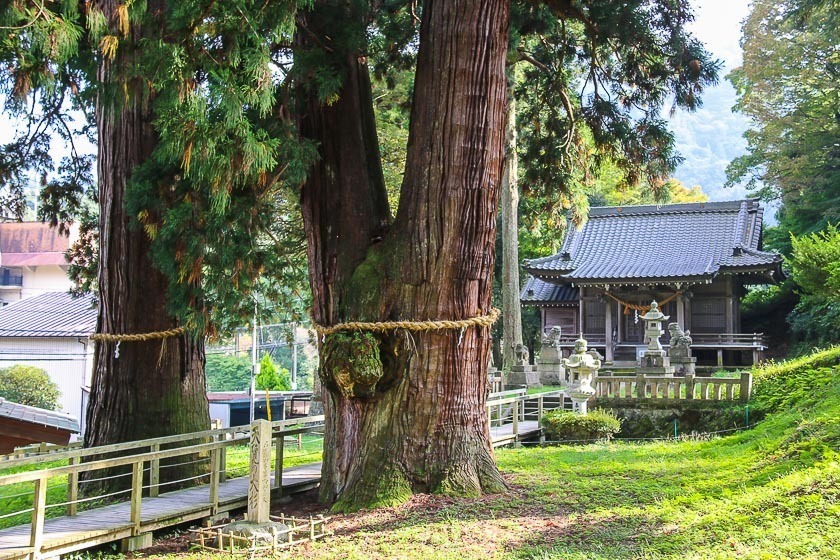
The onsen towns I visited were Yamanaka Onsen, Yamashiro Onsen and Katayamazu Onsen, and all three are centered around their soyu-public bath houses. It was interesting to see the different towns and how well loved the public baths are by the locals. In my conversations with the public bath receptionists, I learned that the majority of visitors are locals and there was no real need for a bath at home if you had a quality bath right at your doorstep. I also heard stories of the healing properties of the waters and of how one of them saw an old lady who had a hunchback fixed just from regular baths!
Before taking the plunge and jumping into the onsen towns, I made a stop at Natadera Temple, a major temple in the area. Natadera was built in a forested clearing with parts of the temple built into a cliff face. The spacious temple grounds were very attractive to walk through and I spent some time checking out the various structures. The main shrine is actually built into a cave and houses the eleven headed thousand armed carved wooden image of Kannon. The place is considered sacred as it is believed that walking around the statue of Kannon in the belly of the cave cleanses a person from their sins and making them clean again.
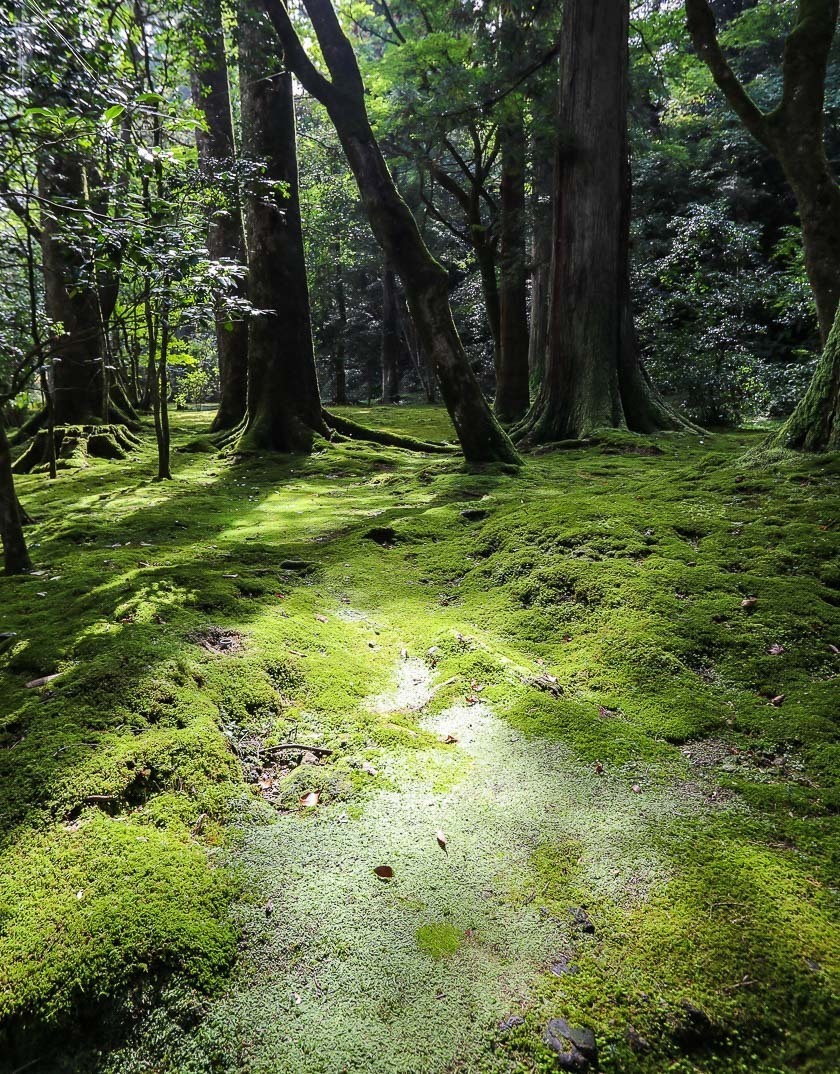
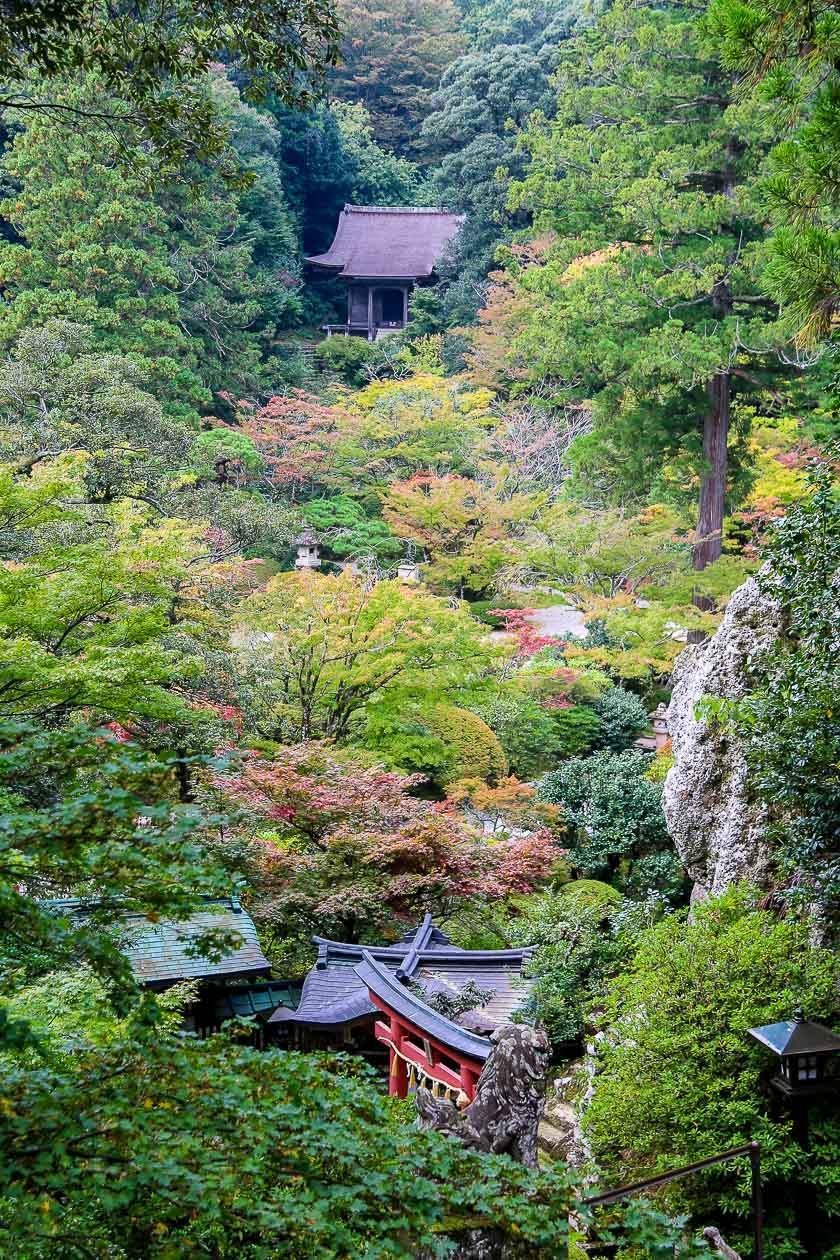
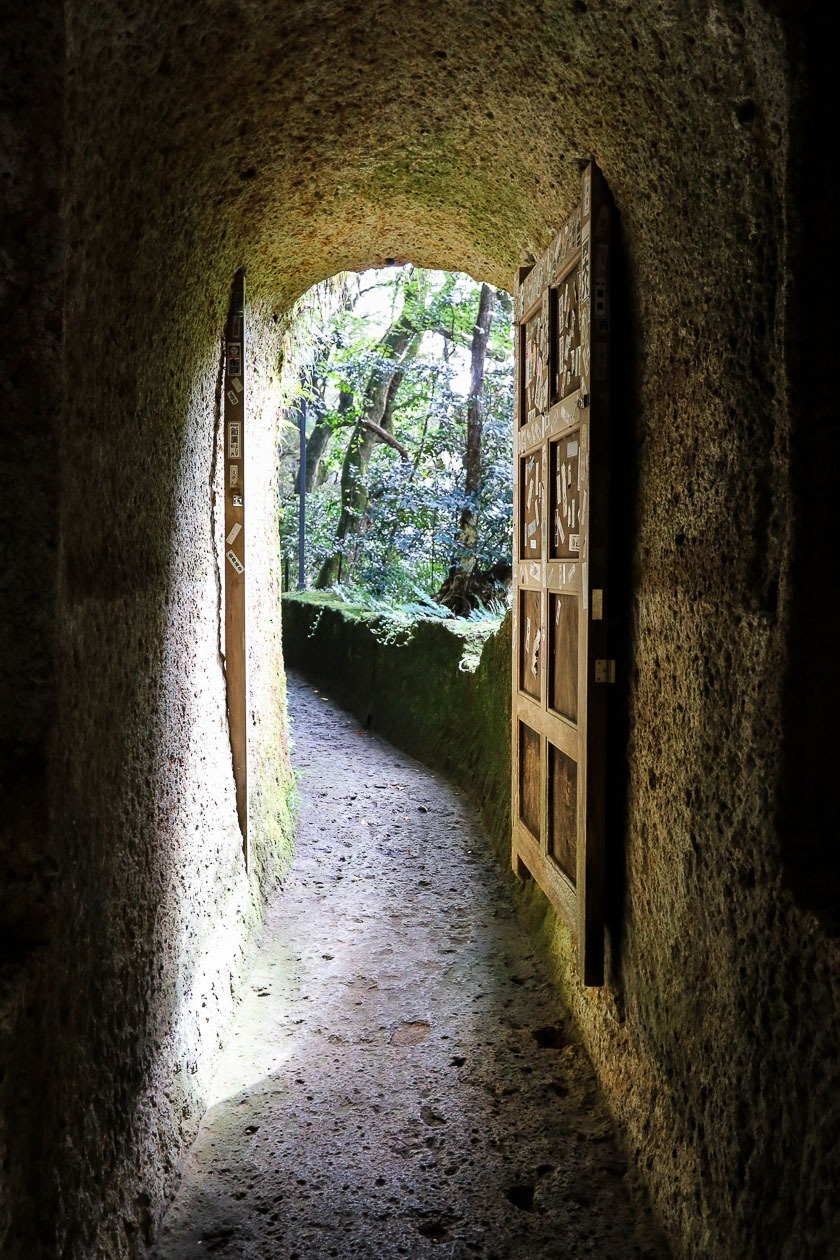
The recommended visiting route starts off along the main approach which is flanked by tall trees and a moss undergrowth and includes the walk around the main shrine before carrying on to the other attractions on the grounds. I also found the forested walking trail around the outer borders quite appealing but ended up skipping it as I was short on time. From there, the plan was to head to Yamanaka Onsen before working my way back up towards the station.
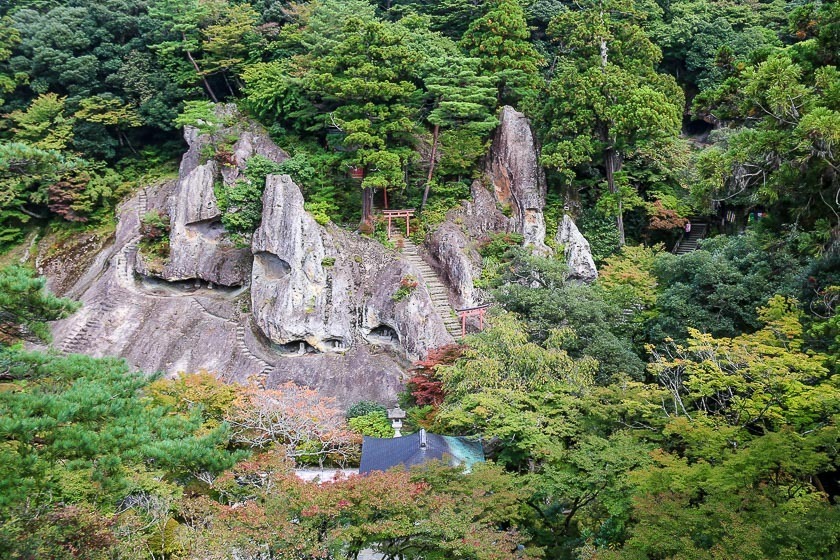
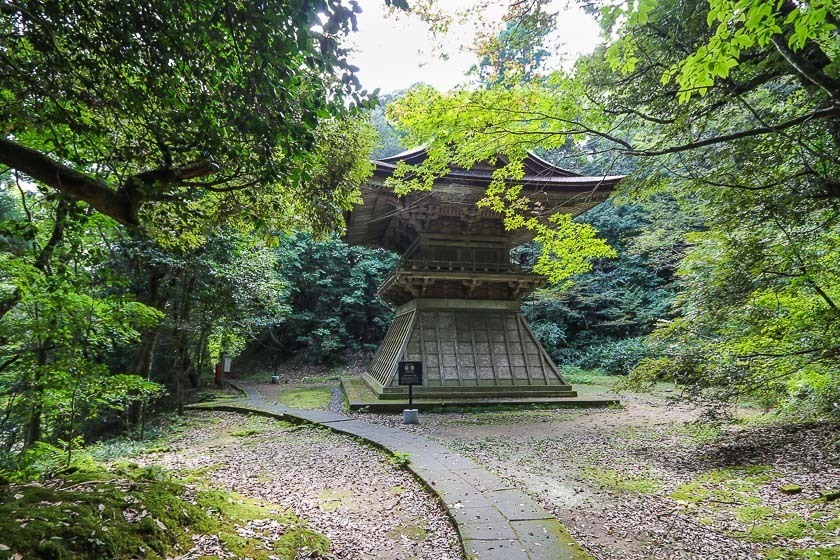
Yamanaka Onsen is home to the public bath Kiku no Yu, where the mens and womens baths are located in separate buildings. One of the features of the town is that it is home to Yamanaka Lacquerware. I visited Yamanaka Urushi-za, a museum and showroom displaying Yamanaka Lacquerware to learn more about it before heading to the center of the town. Yamanaka-za theater and the public bath can be found in central Yamanaka and there, I was treated to seeing exquisite lacquerware in the theater. Be sure to check out the doors, ceiling and wooden panneling inside the theater for an up close look of Yamanaka lacquerware in use.
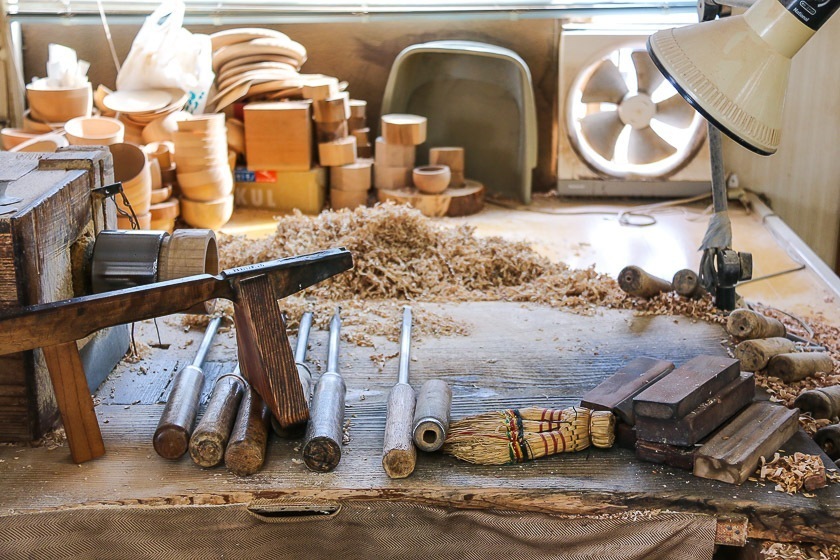
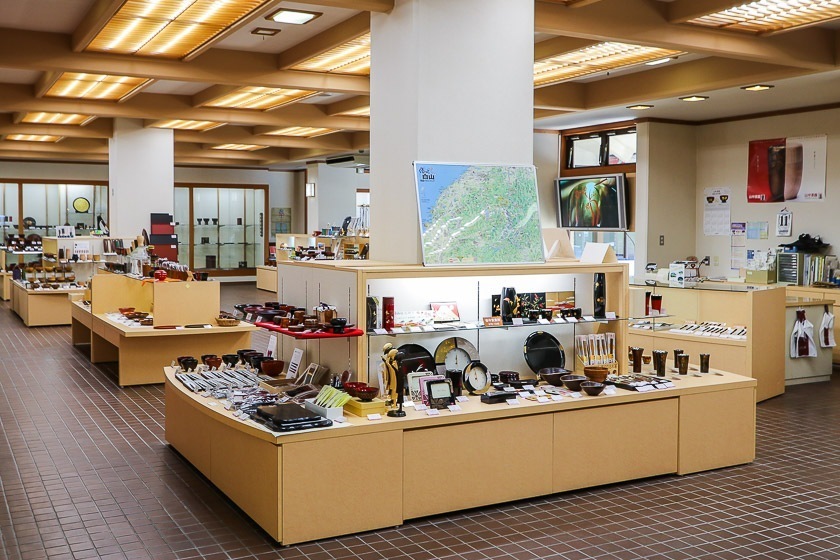
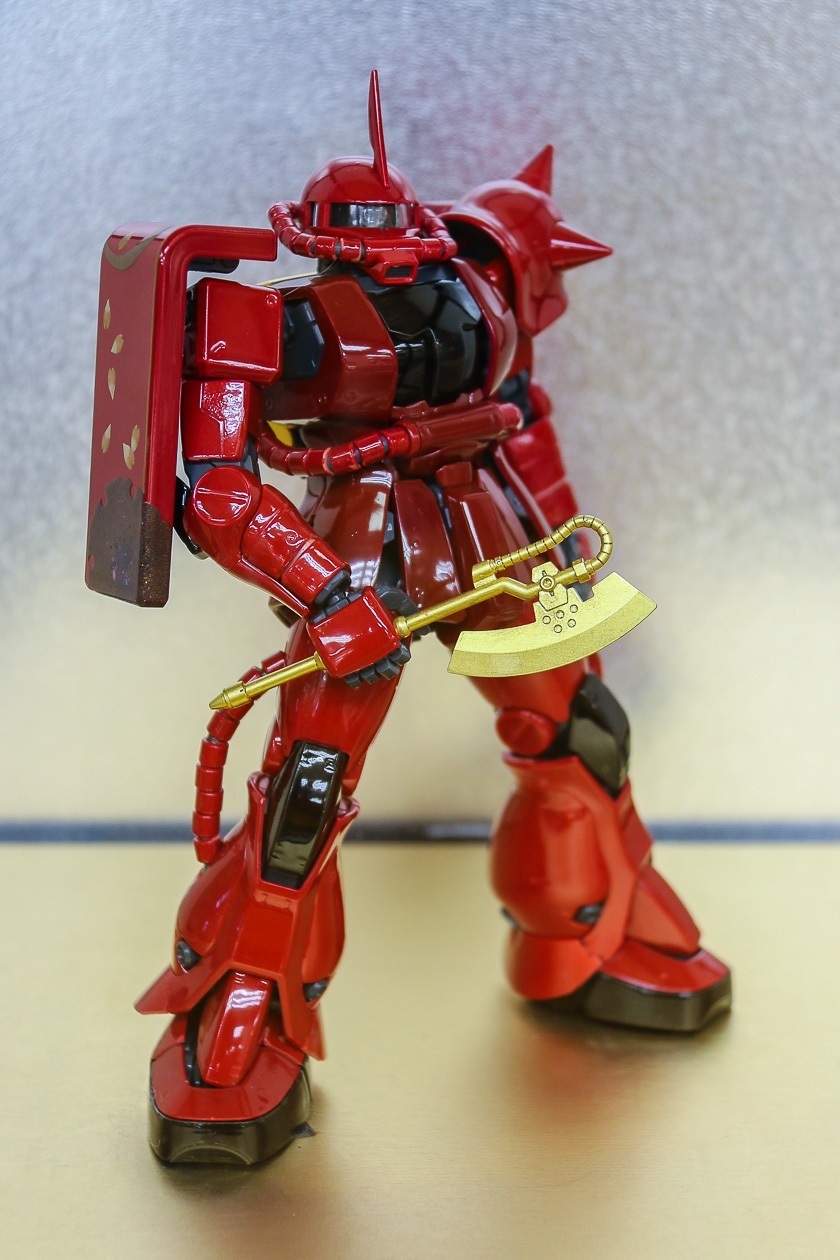
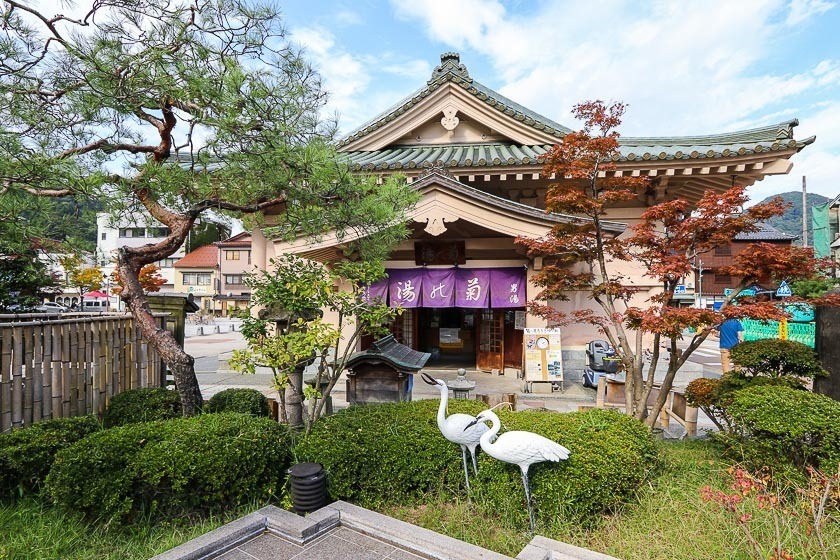
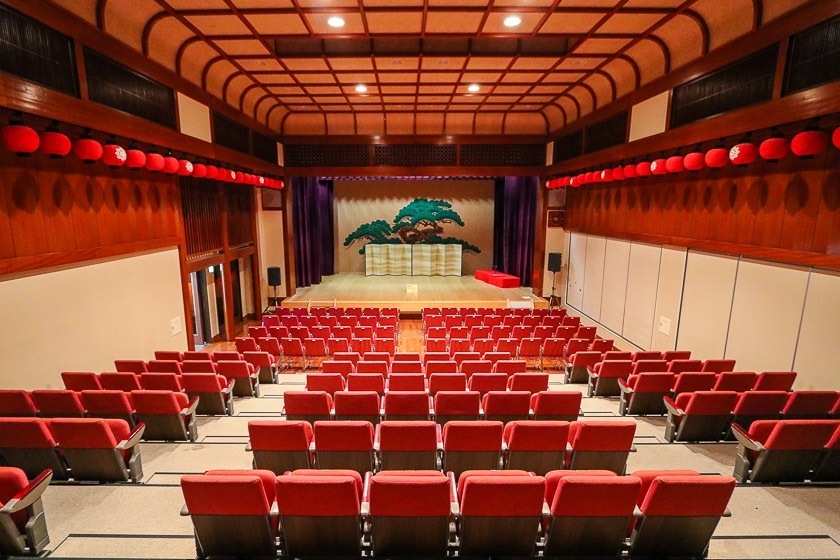
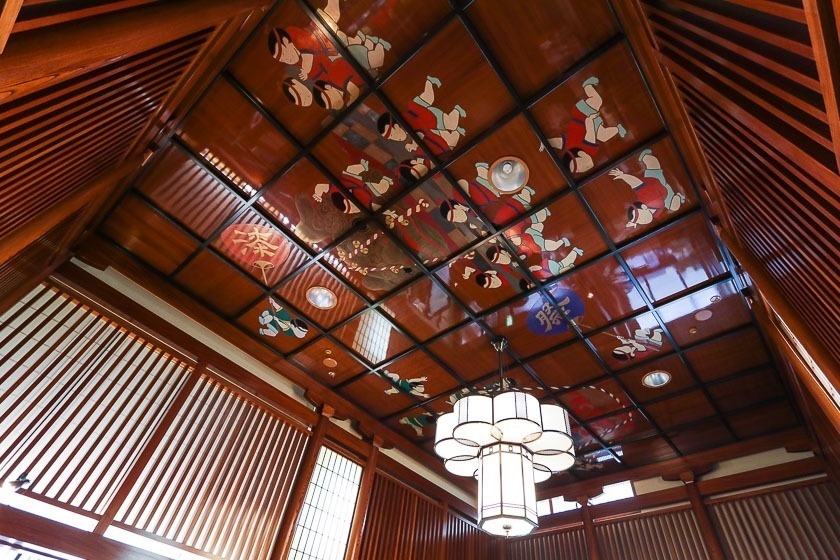
As I strolled along the main street in town, I came across shops selling the local lacquerware as well as Kutaniyaki ceramics and local sake. For those who want to try their hand at making Yamanaka Lacquerware, there are businesses that offer wood grinding experiences to shape wooden bowls before they get lacquered. One of the highlights for me in Yamanaka was going for a walk along the Kakusenkei Gorge. The walking path runs for about one kilometer providing views of the river and three bridges along the way.
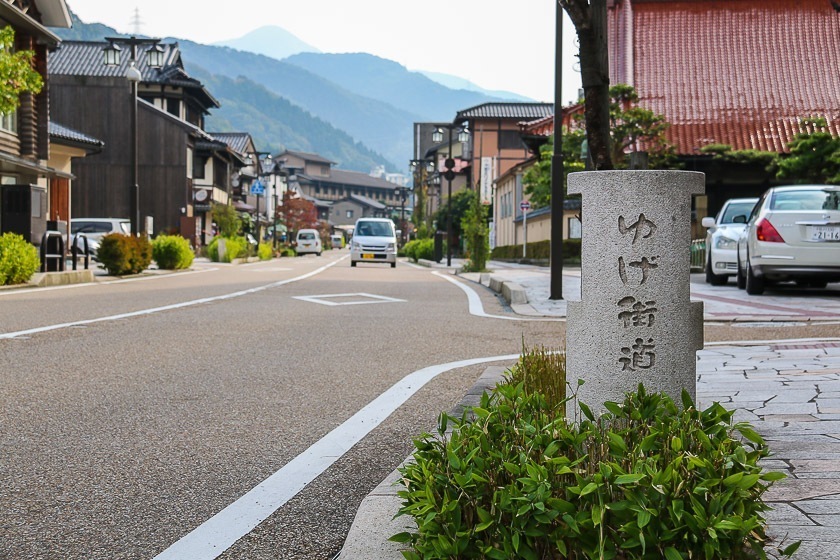
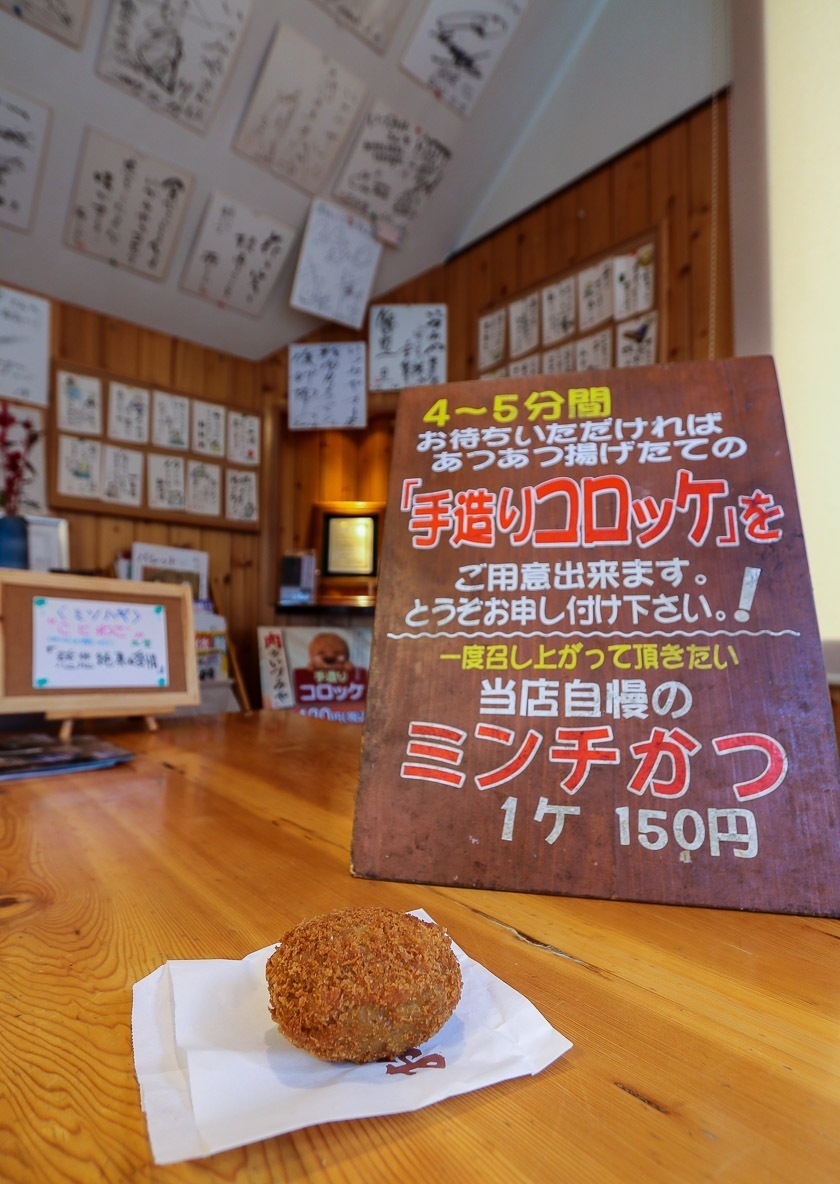
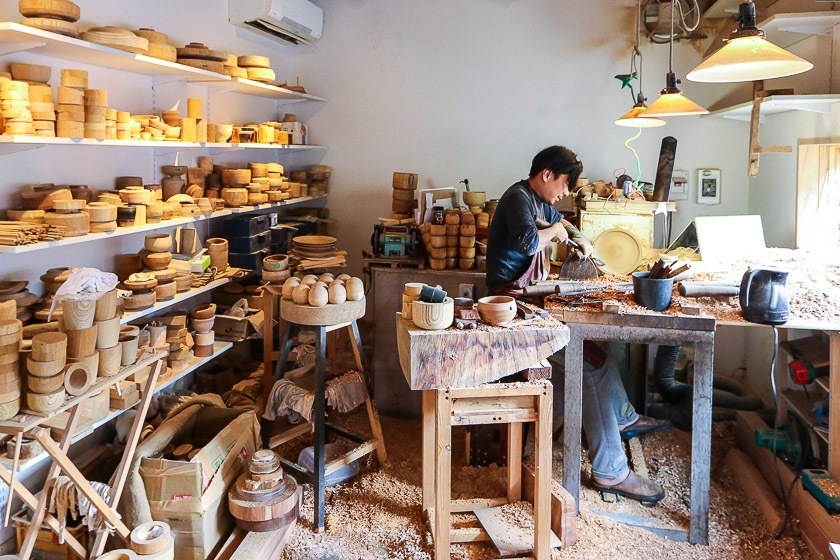
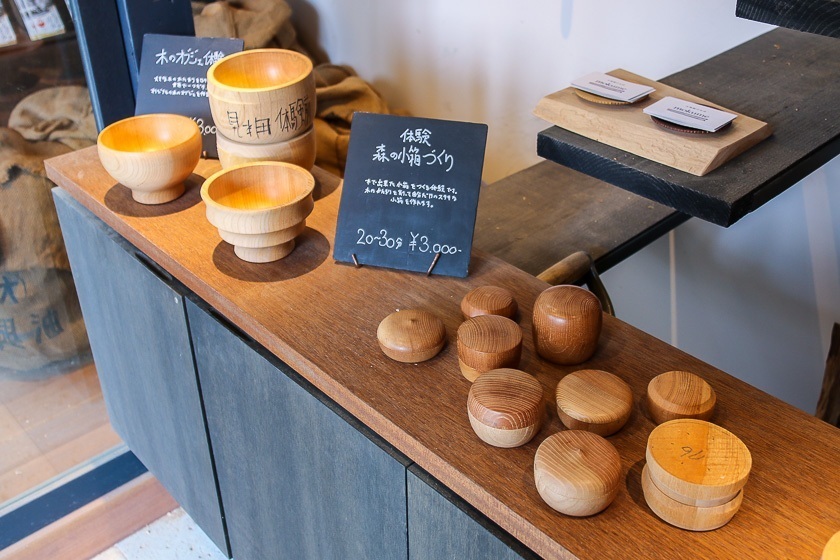
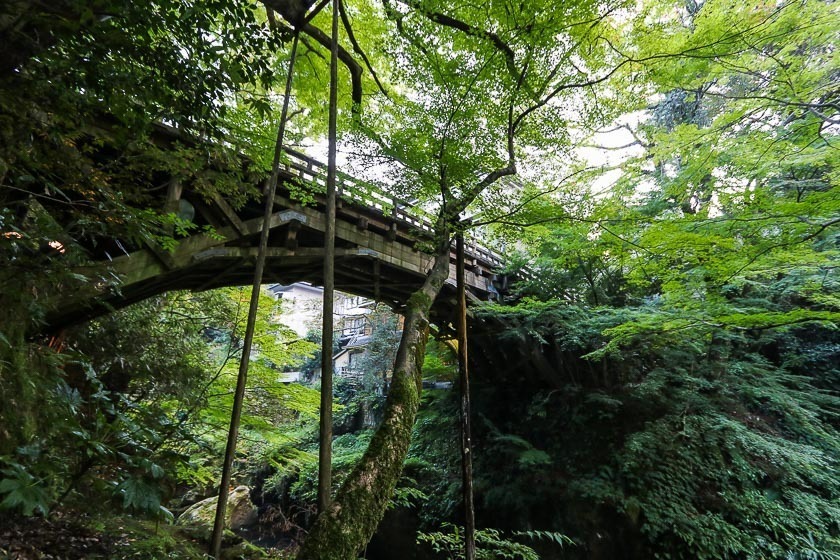
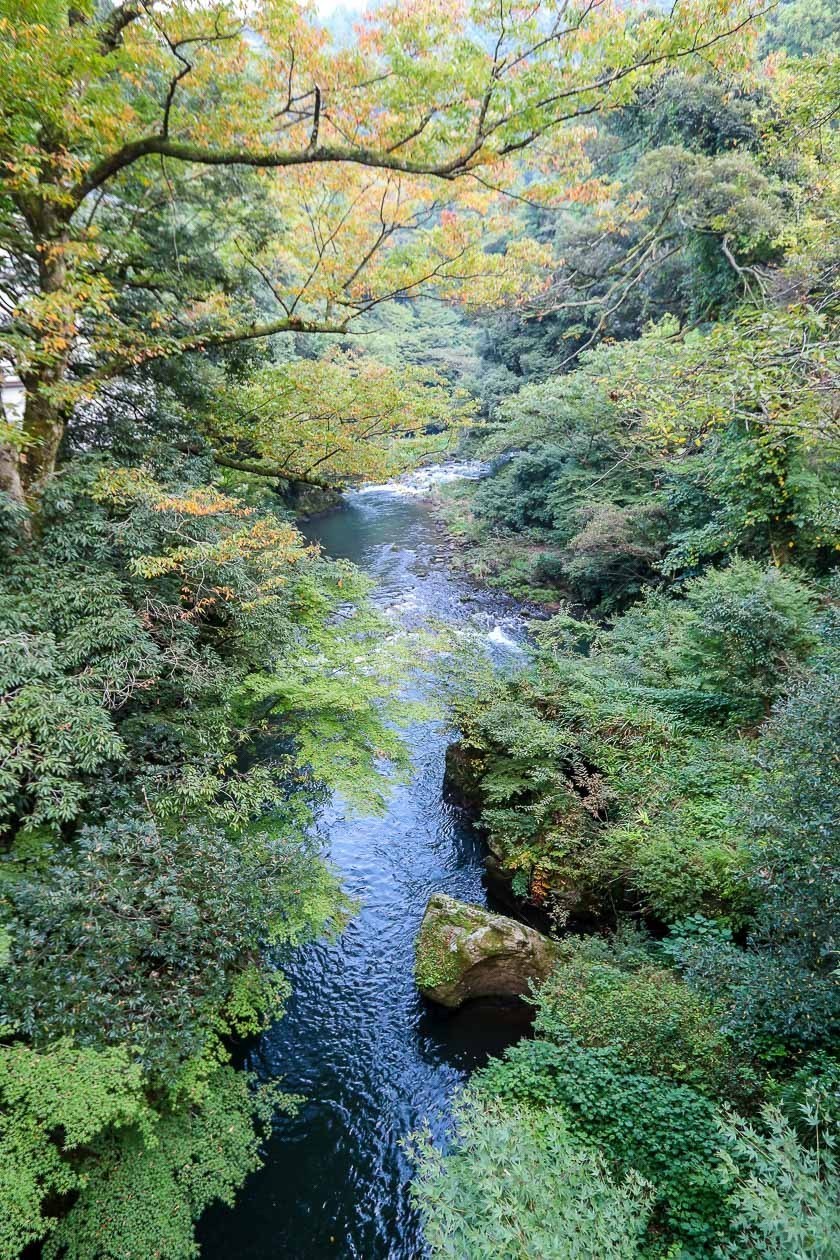
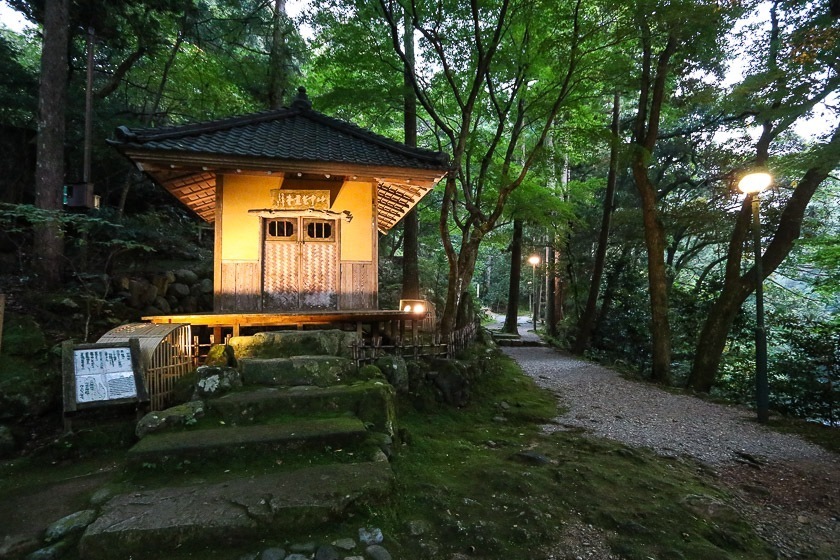
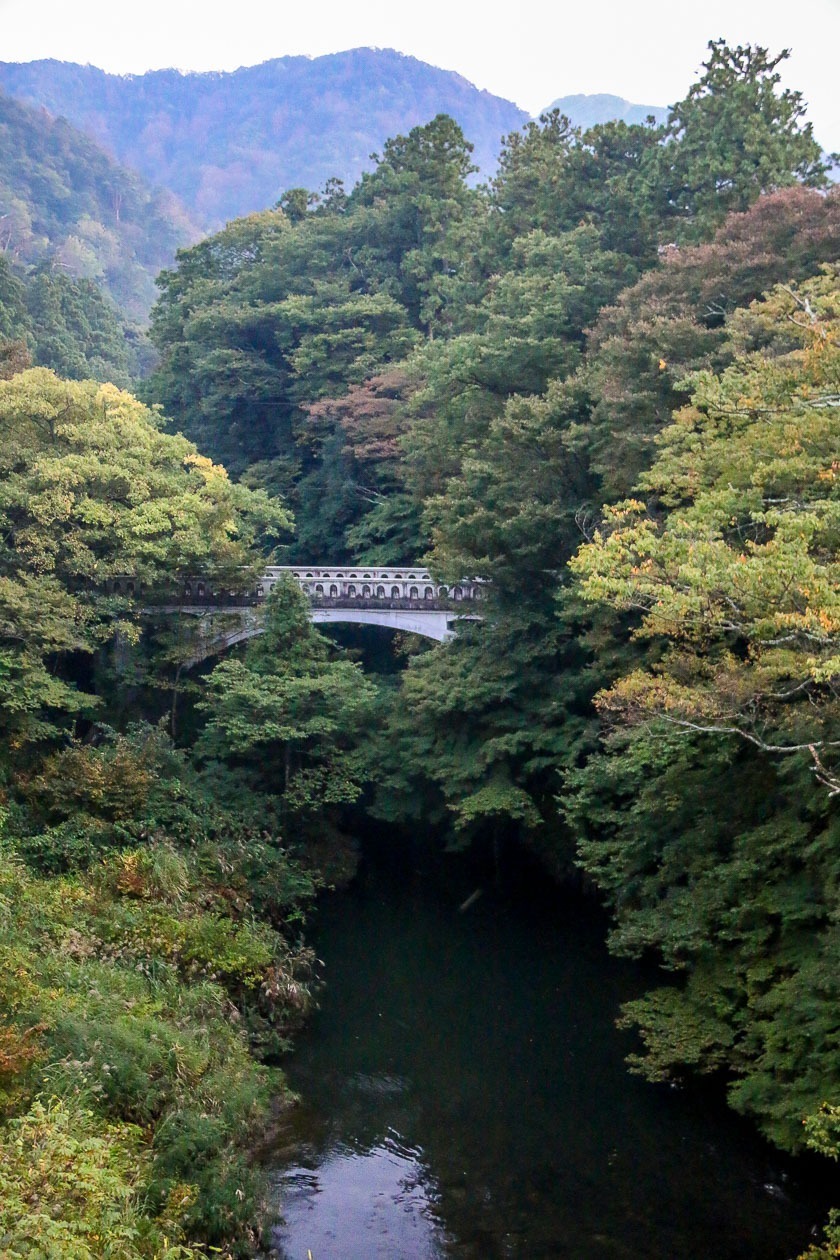
The next day, I made my way to Yamashiro Onsen, where Kutaniyaki ceramics is one of the main features of the town. I embarked on a short walking course which brought me to the different places showcasing Kutaniyaki starting with the Kutaniyaki Kiln Museum (Kutaniyaki Kamaato Tenjikan). There I saw one of the oldest kilns used to fire Kutaniyaki ceramics and marveled at the ingenuity of a climbing kiln, or a noborigama. Adjacent to the kiln is a studio, museum and activity center all in one.
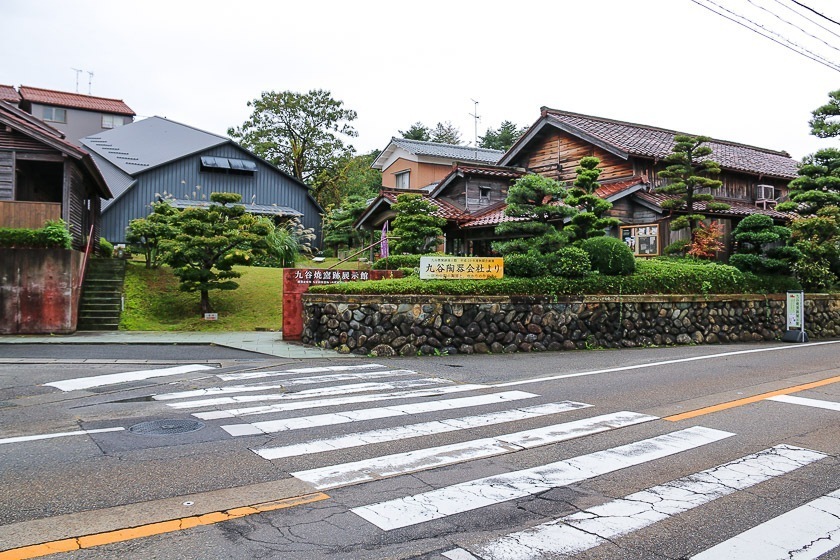
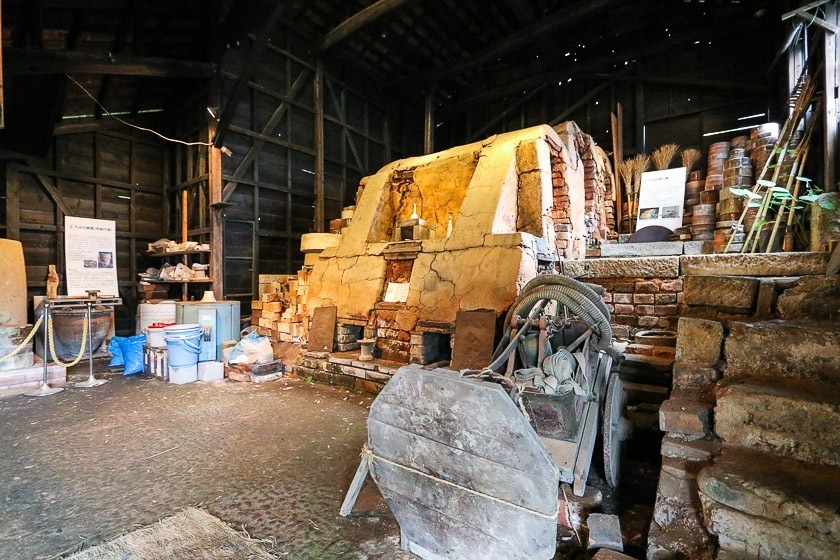
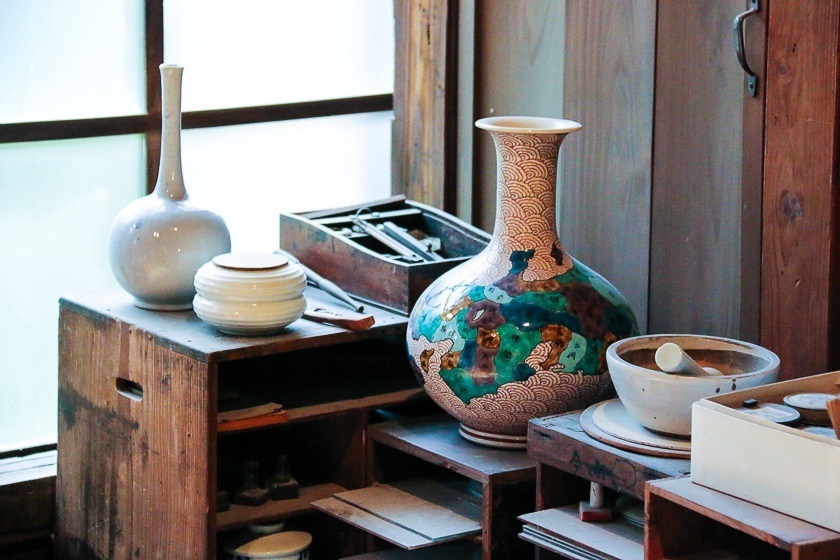
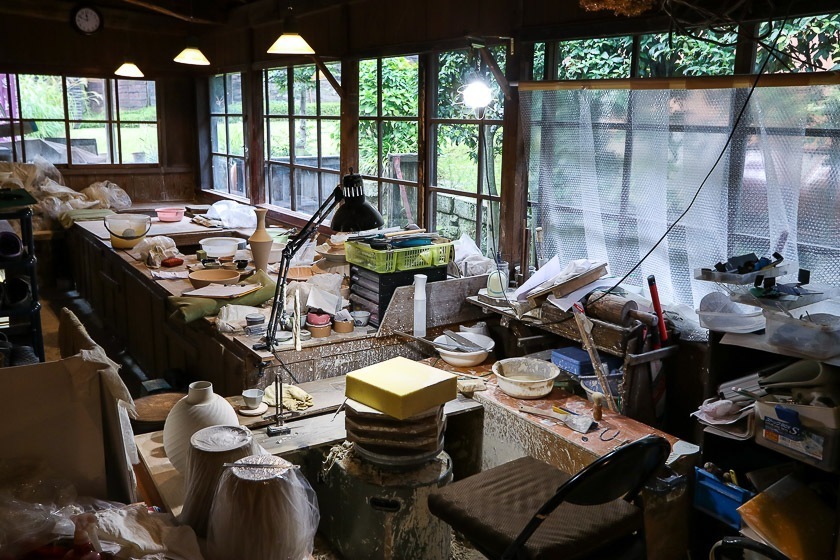
My next two stops in Yamashiro Onsen have an additional connection aside from Kutaniyaki ceramics, which was the relationship between Kitaoji Rosanjin, an artist, caligrapher, seal engraver, painter, potter and foodie, and the founder and namesake of the Suda Seika kiln. The two were friends and collaborated on works used in Rosanjin's home: Suda Seika produced the ceramics while Rosanjin painted the decorations.
Now, the Kutaniyaki-gama Suda Seika is a museum-shop carrying the works produced by the Suda Seika kiln and where visitors can see Rosanjin's engraving work in the signboard. Eager to see the other side of the relationship, I went to Rosanjin's Iroha Soan, his holiday home in Yamashiro Onsen. The simple residence offers a glimpse into Rosanjin's life and has some of his work on display.
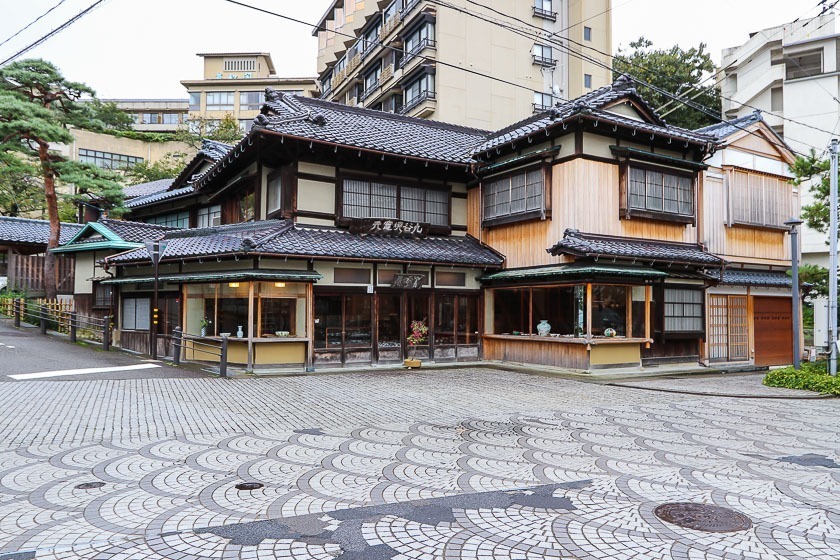
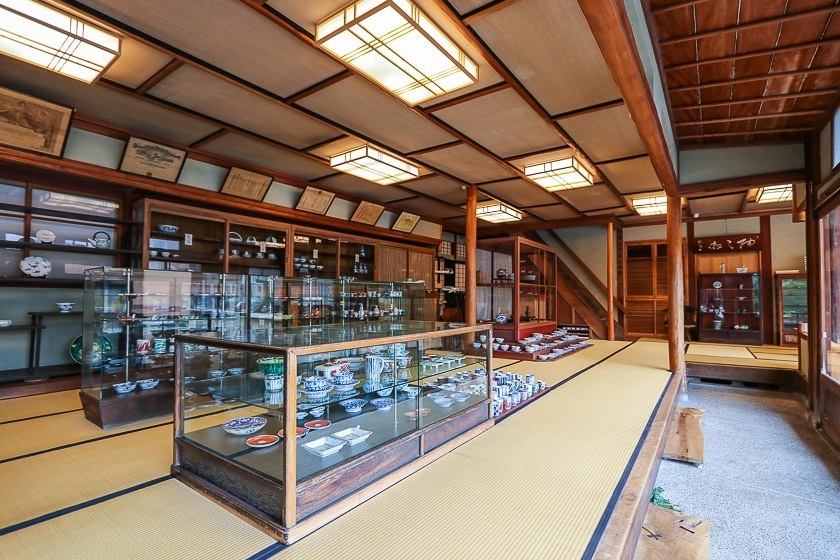
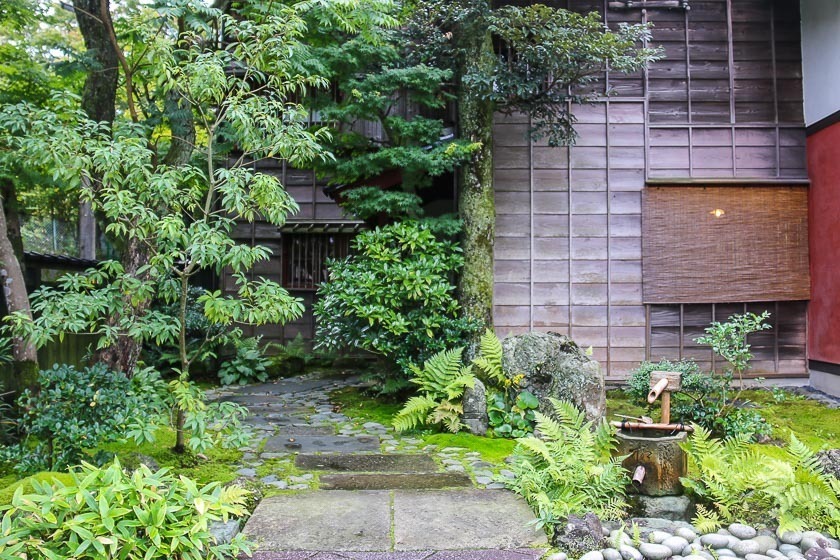
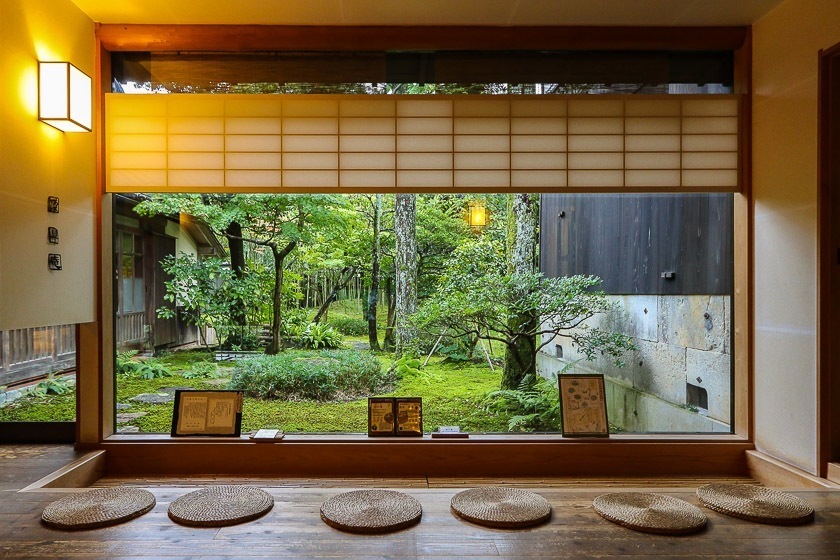
My final stop in Yamashiro Onsen was to experience the public bath houses, of which there are two: Soyu (the modern bath) and the Ko-Soyu (the traditional bath). Both bath houses offer different personalities, the Ko-Soyu with its dark wooden interior complete with stained glass and tiles, and the Soyu with Kutaniyaki ceramic tiles that line the walls and a skylight allowing for lots of natural light. I enjoyed both bath houses but preferred the Ko-Soyu as it was a lot more atmospheric.
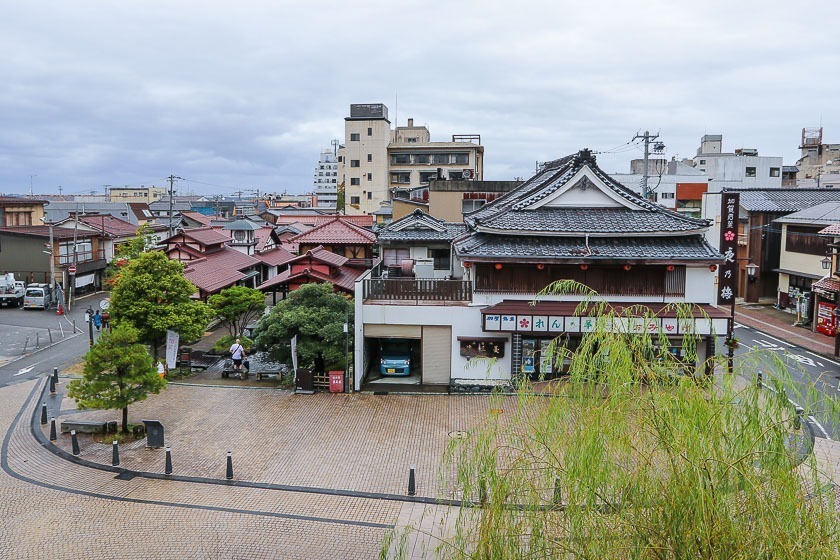
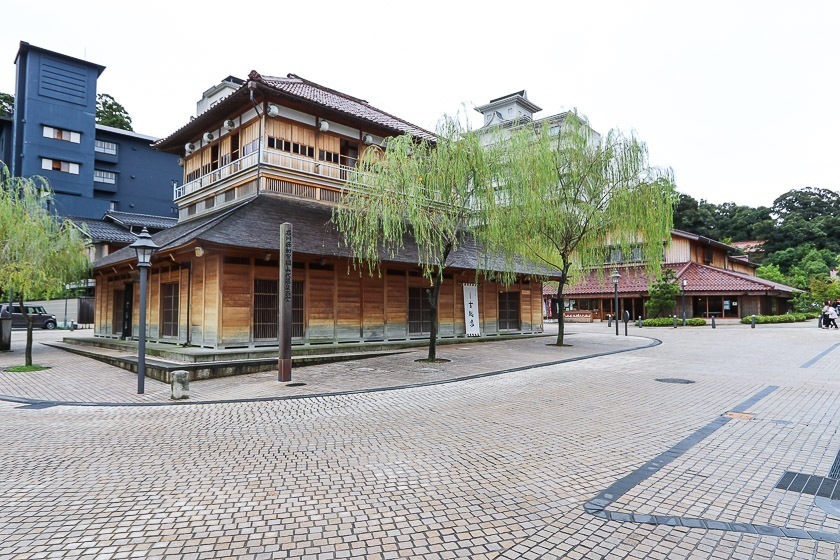
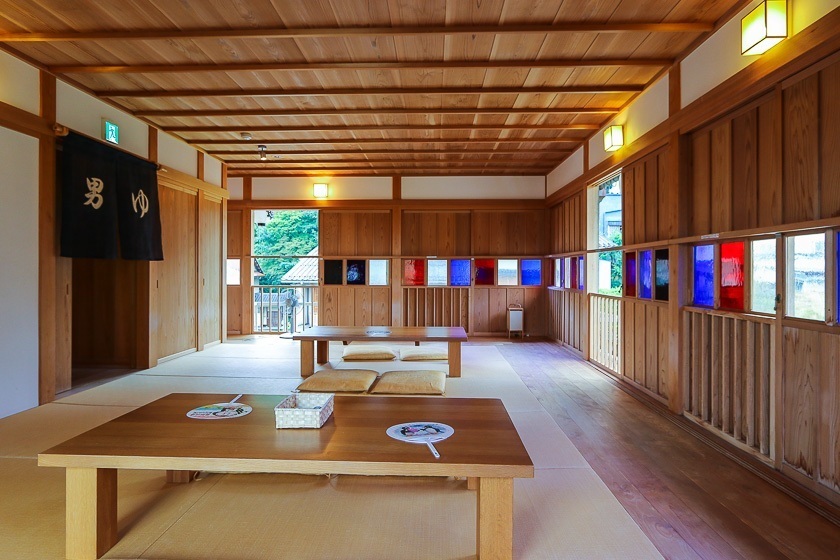
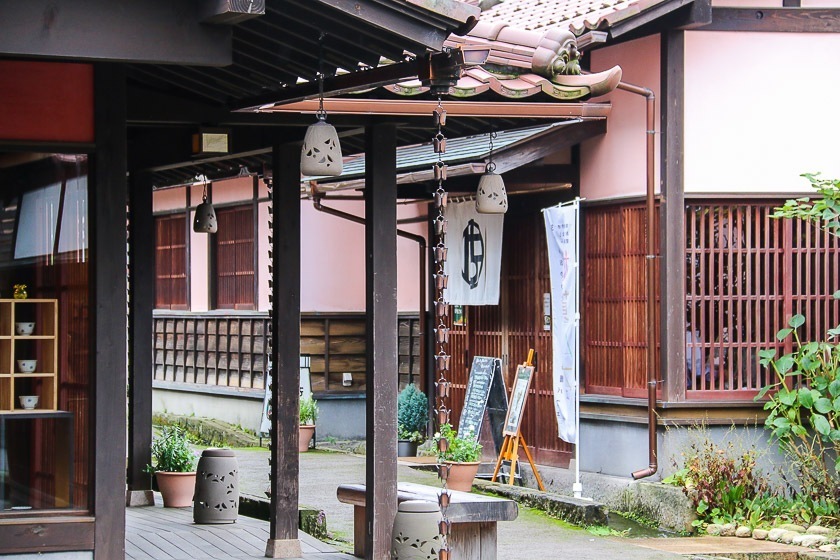
I started my last day in Katayamazu Onsen, the onsen town closest to Kaga Onsen Station. The town is located along the shores of the Shibayamagata Lagoon and offers plenty of water views regardless of where you visit. The town is compact and most of the attractions are within walking distance except for the Museum of Snow and Ice which is slightly further out. Katayamazu also has a walking and cycling path along the shore line which allows visitors to enjoy the lagoon view.
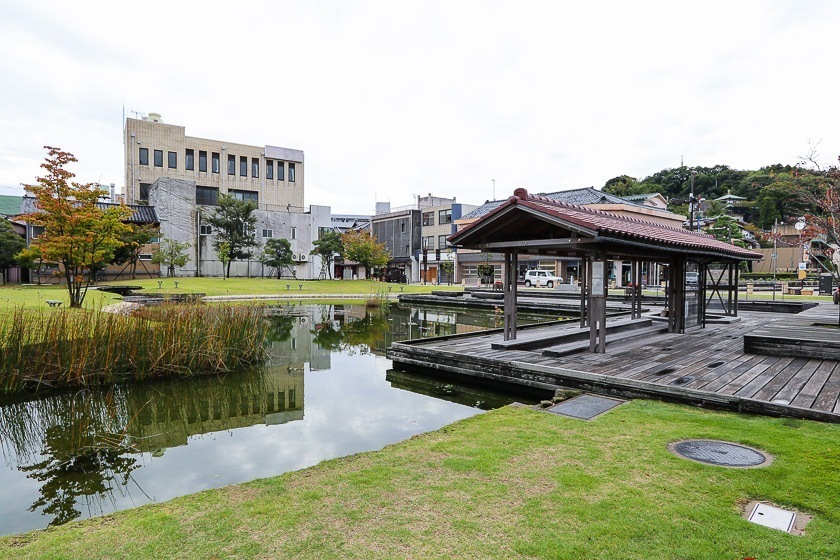
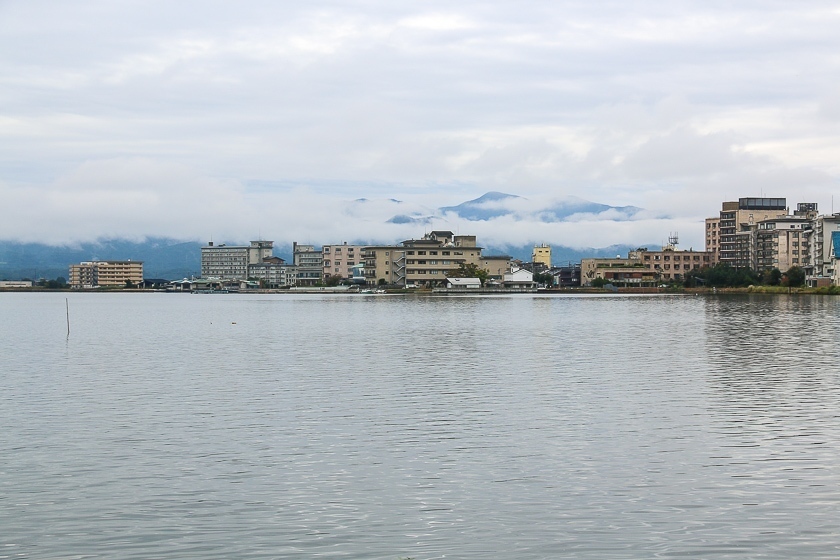
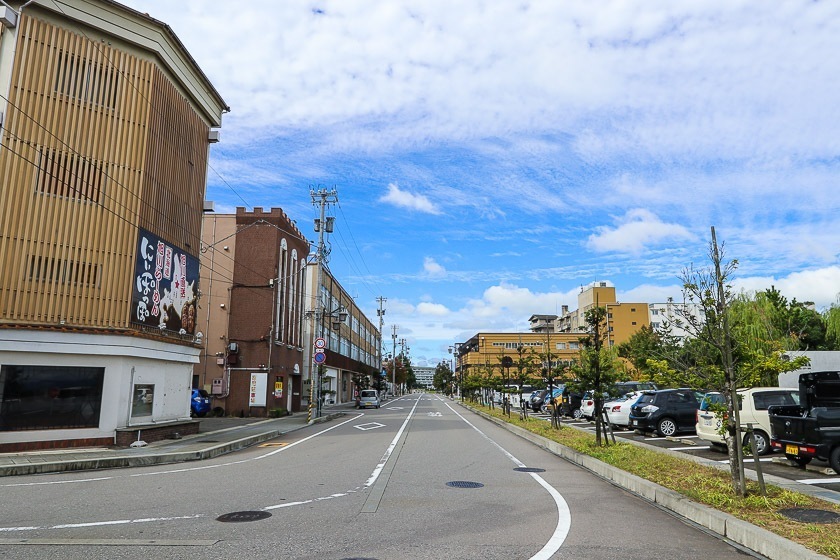
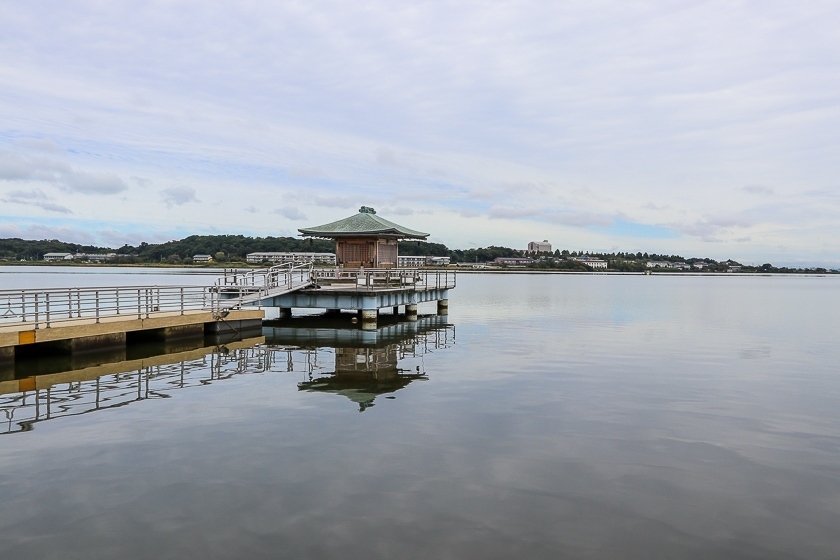
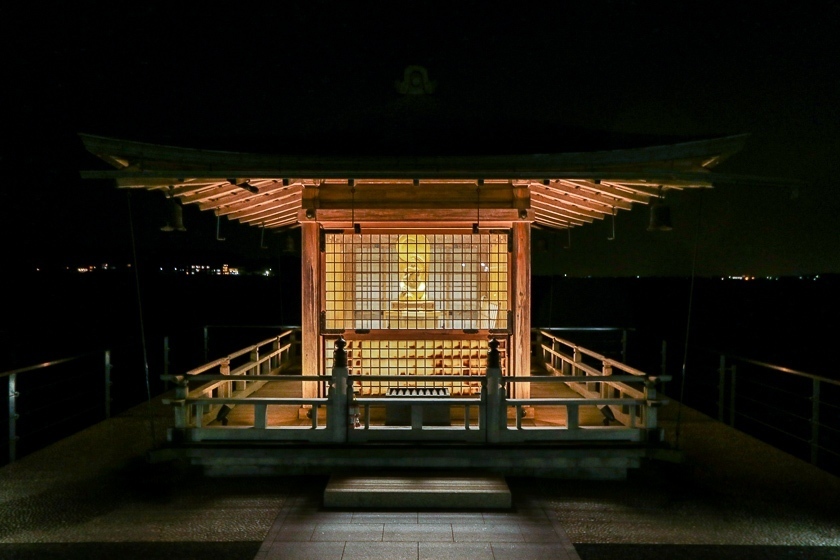
One of the things I was looking forward to in Katayamazu was going on a mini architecture tour, which was visiting two buildings by two famous architects; The Nakaya Ukichiro Museum of Snow and Ice by Isozaki Arata and the Kaga Katayamazu City Spa (the public bath house) by Taniguchi Yoshio. Both are also popular attractions in the town and I thoroughly enjoyed learning at the highly educational museum about the creation of snow crystals and the dedication of Nakaya Ukichiro who devote his life to learn more about snow and ice. Then it was off to the public bath to defrost and thaw while appreciating clean lines, design aesthetics and hot spring waters.
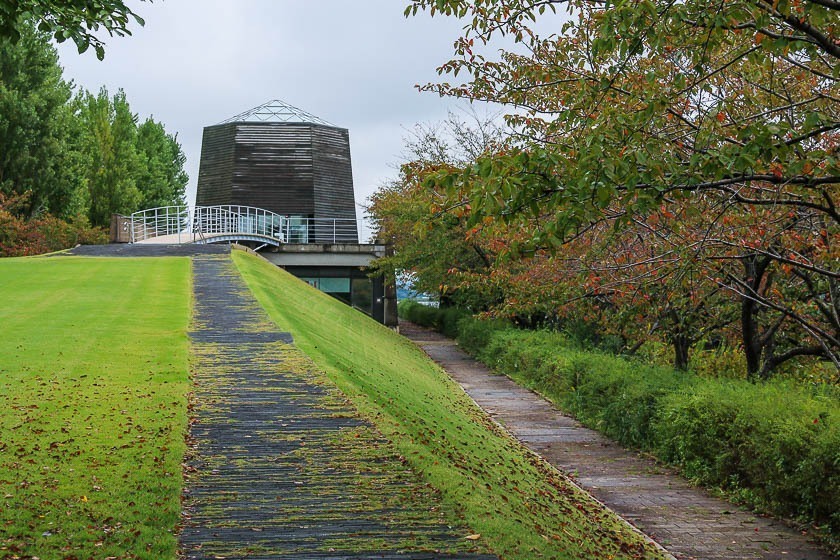
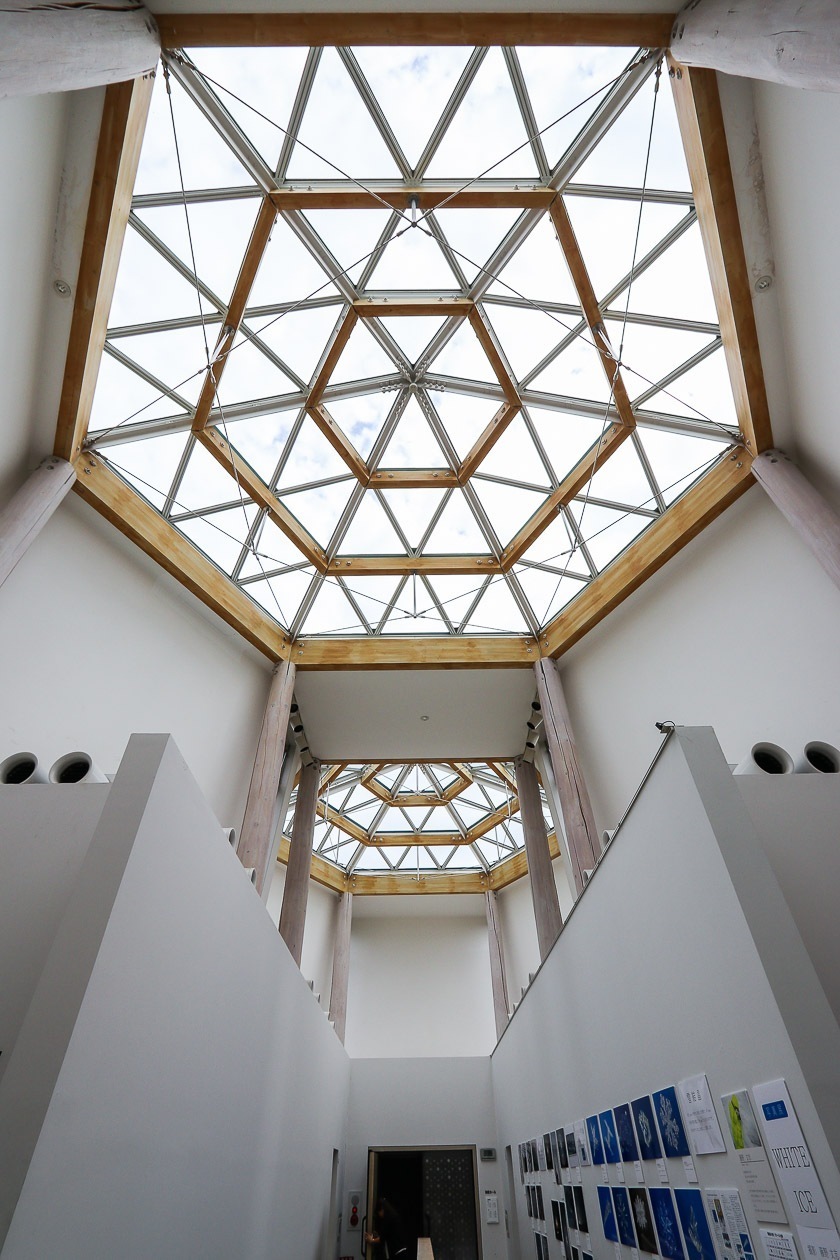
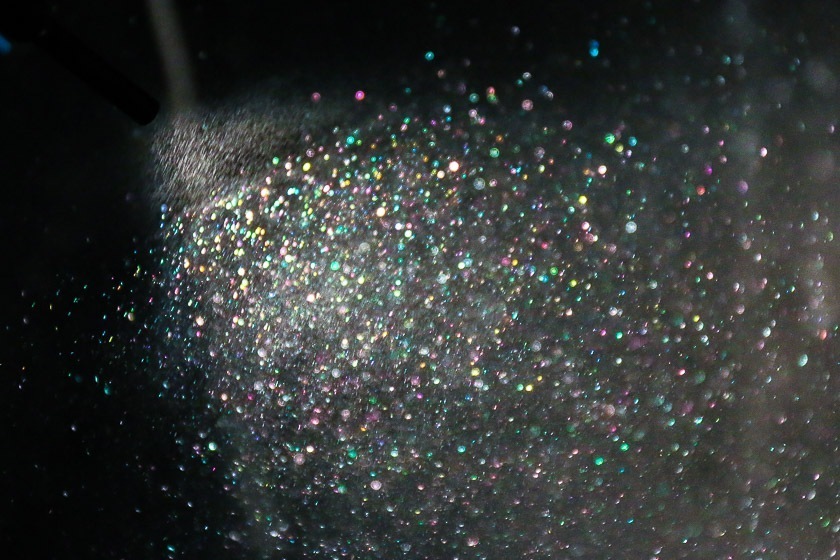
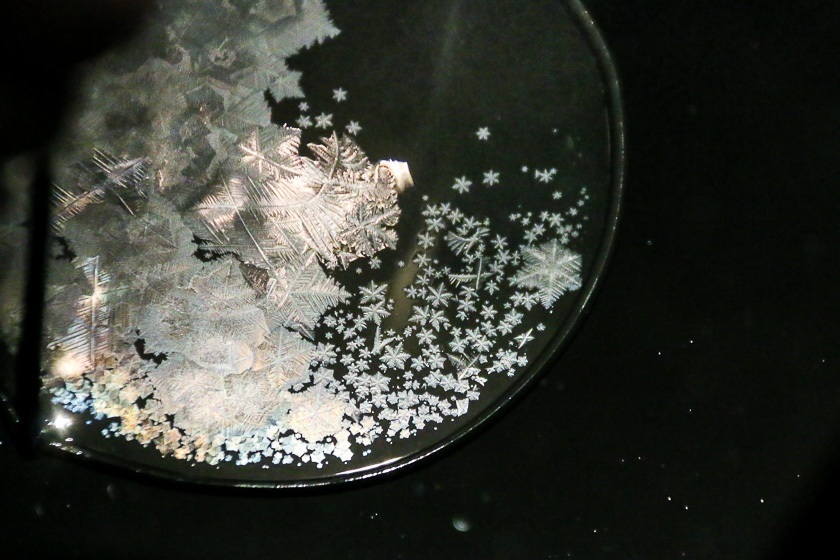
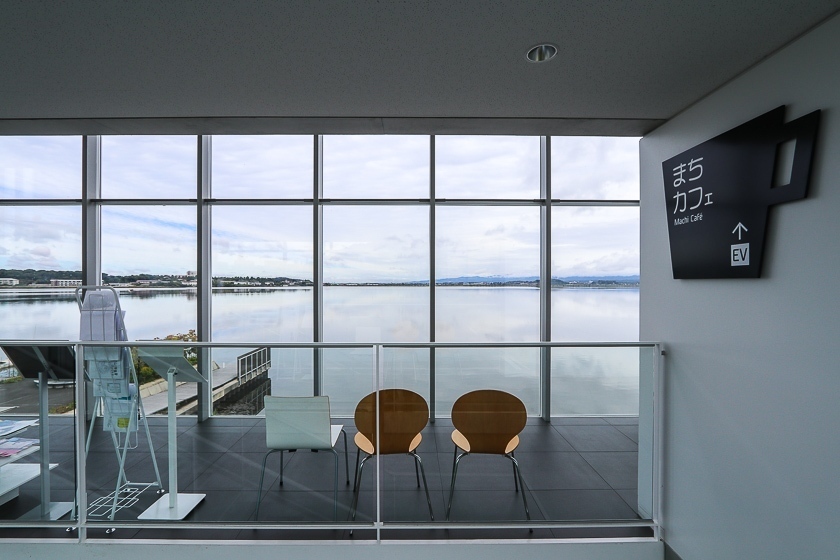
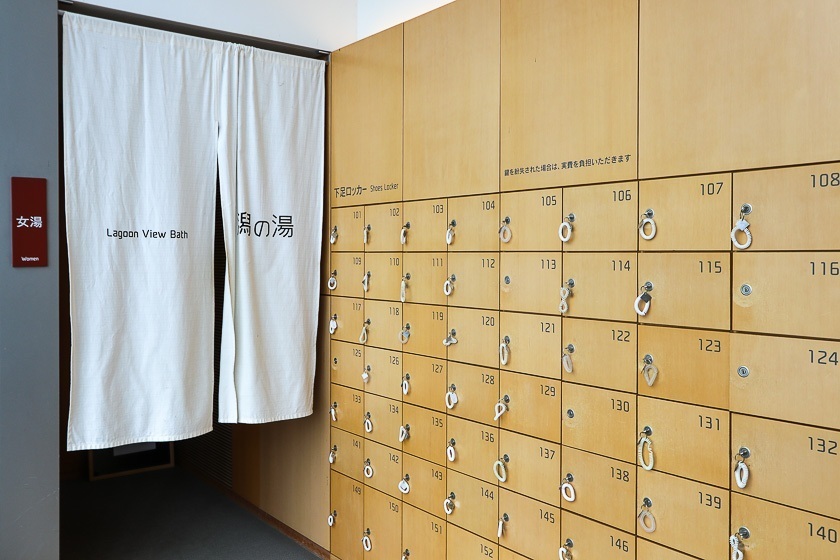
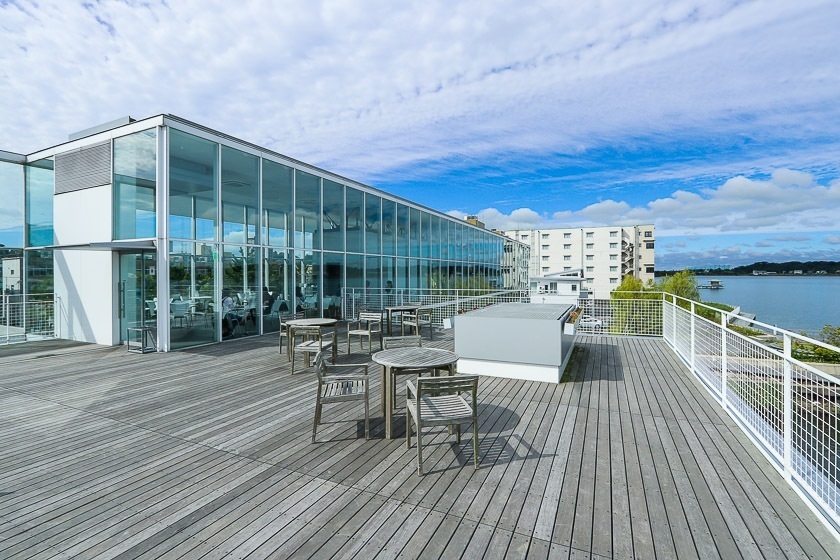
With that, I ended my trip to Kaga City with at least six baths in three days under my belt, learnt more about Yamanaka Lacquerware and Kutaniyaki ceramics. I boarded the train at Kaga Onsen Station happy to be able to have a variety of learning experiences and activities on this short trip.


